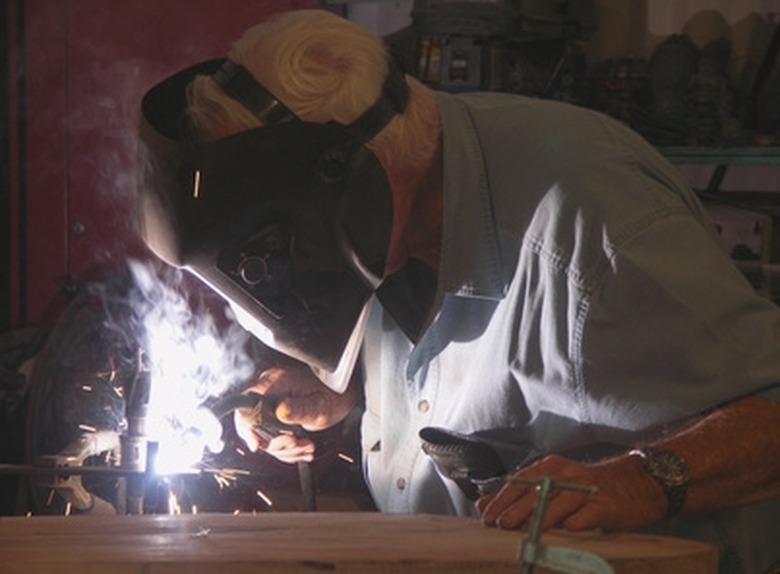TIG Welding Techniques For Mild Steel
Mild steel is a steel alloy that has a low percentage of carbon, generally 0.3 percent or less. For this reason, mild steel is also called low-carbon steel. It is extremely common in fabrication because it is inexpensive compared with other steel alloys and is easy to weld. Mild steel can be welded using tungsten inert gas (TIG) welding techniques, and the result is a clean and precise weld.
Welding Rods
Welding Rods
Because the TIG welding process uses a tungsten electrode that is not consumed, a separate welding rod or wire is used as filler material for welding mild steel. The most common welding rods used for mild steel are the E60XX line and E70XX line.
Welding Machine Settings
Welding Machine Settings
Steel requires a sharper electrode point to concentrate the heat at the weld seam, as opposed to aluminum and other metals, in which heat dissipates more quickly. The diameter of the electrode should be roughly half the thickness of the parts to be welded. The welding machine should be set for DC current and straight polarity, with the electrode having the negative charge.
TIG Welding Process
TIG Welding Process
Mild steel is generally the first metal that a new welder trains on, because of its ease in welding, but the TIG process requires more concentration and finesse than metal inert gas (MIG) welding or oxy-acetylene torch welding. Before welding mild steel, all workpieces and even the welding rod must be clean, as particulates can weaken the weld. For thinner sheets, the filler material may not be needed. The welder strikes an arc at the start of the weld, and creates a puddle, holding the electrode at a 10- to 15-degree angle from vertical. The electrode is pointed in the direction of the weld, and the welder "pushes" the molten metal forward by moving the electrode and the arc forward. The welder has to maintain a close tolerance between the electrode, the workpiece and the filler rod, without the filler rod or workpiece actually touching the electrode.
Safety Configurations
Safety Configurations
The light given off by the TIG welding process is not as bright as with other welding methods, but TIG welding has a higher percentage of ultraviolet light than other methods, so extra care has to be taken by welders to shield their work spaces from passersby. Welders can use a No. 10 lens in their helmet to provide adequate eye protection while maintaining visibility. As with all welding techniques, a welder should wear gloves and an apron or coveralls to protect the skin from burns. TIG welding produces no sparks, so welders can choose the most comfortable welding position possible.
Cite This Article
MLA
Kristoff, Susan. "TIG Welding Techniques For Mild Steel" sciencing.com, https://www.sciencing.com/tig-welding-techniques-mild-steel-6172456/. 24 April 2017.
APA
Kristoff, Susan. (2017, April 24). TIG Welding Techniques For Mild Steel. sciencing.com. Retrieved from https://www.sciencing.com/tig-welding-techniques-mild-steel-6172456/
Chicago
Kristoff, Susan. TIG Welding Techniques For Mild Steel last modified March 24, 2022. https://www.sciencing.com/tig-welding-techniques-mild-steel-6172456/
